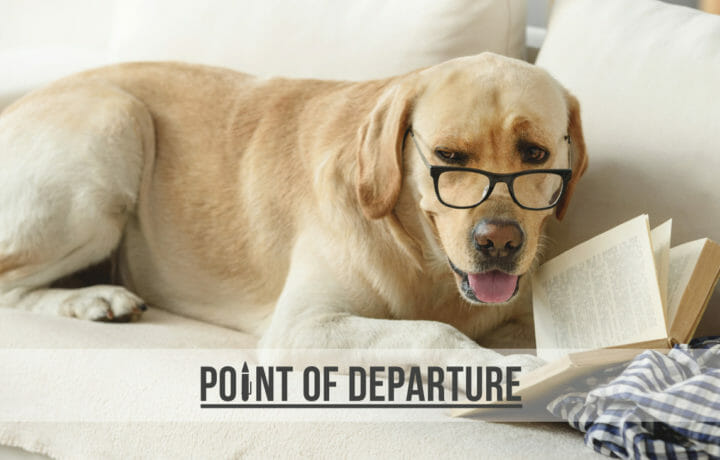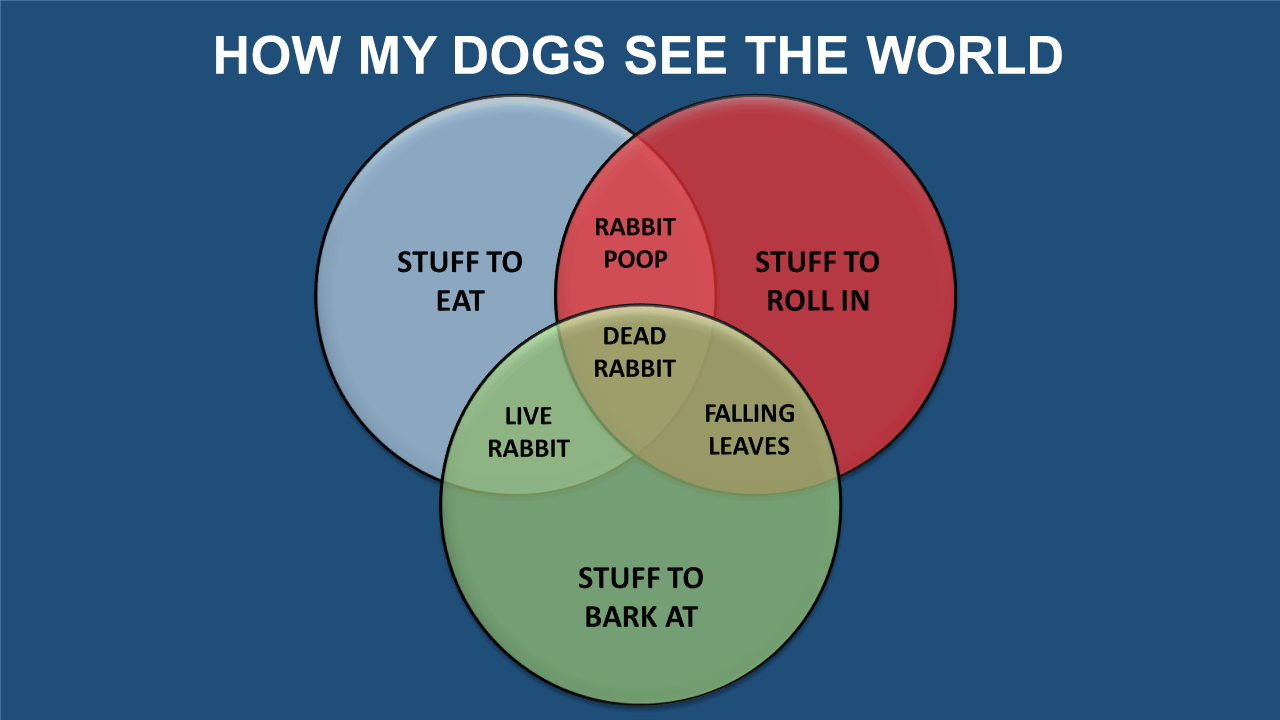“Everything I know I learned from dogs.” – Nora Roberts
I haven’t set an alarm in years. I haven’t had to. I live with two of them. One is a Golden Labrador mix who hauls herself out of her bed around 4:30 a.m. and welcomes the pre-dawn morning by loudly throwing her 13-year-old body into the living room furniture. Not to be outdone, her 12-year-old sister, a feisty cattle dog mix of a mutt, will follow with her own morning routine, licking my face until I surrender the comfort of slumber.
There are worse ways to wake up.
They greet each day with a zeal for life probably equal to any octogenarian desperately in need of a bathroom. At the door, they jostle for position like runners at the start line of a distance race, trying to gain even the slightest advantage for the moment when it finally opens. Once it does, they thrust their bodies into the morning air, springing forward with an energy belying their age.
But it doesn’t end there. They thoroughly search the fenced yard, stopping to sniff here and there as if they haven’t prowled the same ground every day for the past six years. For them, every day is a new adventure, and they’re not going to miss a thing.
HOW MY DOGS SEE THE WORLD
If there was one positive to emerge from the pandemic, it was the opportunity to spend more time with my dogs than I have since we rescued them. There’s something special about a rescue that can’t be overlooked. While they bring with them some unique personality traits, they also tend to bond well with the families that give them a second chance. But those personality traits. To call my dogs weird is an understatement of epic proportions.
One is hopelessly neurotic. Her mood swings between chronic anxiety to psychotically feral. She only likes four people in the world—the four people who were home when she came to live with us. She tolerates others, but secretly waits for them to turn their backs long enough for her to attack. Yesterday, she decided to help me clean up the back yard, proudly carrying around a frozen dog turd in her mouth. So much for those morning kisses.
The other is hopelessly friendly. She loves everyone. To a fault. If an axe murderer broke into our house, I’m convinced that she’d promptly offer herself for belly rubs before she’d consider barking. Not much of a guard dog. But if you’re looking for a loyal, loving companion, she’s your girl. Even more so if you give her carrots. I’ve never seen anyone—human or otherwise—tear through a bag of carrots like she can.
LIFE THROUGH A DOG’S EYES
Then there was the pandemic. I would like to say it was hard on me, but it wasn’t. Through it all, I had two constant companions. One slept at my side each day, the other visited regularly to remind me to get up and move around. We took long walks, spending hours enjoying the sights and smells and sounds. On cold mornings, we’d start a fire outside and watch the sun rise together. At night, we’d share a snack and stream old movies.
When it finally came time to return to the office, it just wasn’t the same. I catch myself listening for the soft breathing of a dog sleeping in the corner, or the rabid bark announcing the arrival of the UPS truck. That guy brings their dog food; what they have against him is still a mystery. With the worst of the pandemic behind us—crossing my fingers and knocking on wood—I can’t help but look back on those months with a little nostalgia. I learned so much, and almost all of it from a couple of rescue dogs.
1. Take life one day at a time.
A dog’s life is defined by the adage, “Yesterday is gone, tomorrow has not yet come. We have only today, let us begin.” They live in the moment. There is no sameness; every day is a new adventure. We would do well to embrace that perspective. Live for today.
2. Have a routine.
Dogs live for routine. You could set a clock by mine—they let you know when it’s time to eat, walk, sleep, or, well… crap. There’s a time and a place for everything. After the initial malaise of the pandemic, we found that routine and the benefits to health, happiness, and productivity were astounding.
3. All we need is love.
We can all use a little love in our lives. Dogs make the most of their short lives by being about as lovable as it gets, but they give as much as they get. To them, that connection is what really matters. In the military, we call it battlefield circulation, but it really is about getting out and making connections. Get out and spread the love. It makes a difference.
4. Kick back and put your feet up once in a while.
After listening to the soft snores of my dogs next to me for so many months, I decided to take a few minutes and read a book in my office chair. I was asleep in minutes. When I woke up, I felt refreshed and ready to get back to work. Never underestimate the value of a power nap. Relax. Live a little.
5. Adapt and overcome.
Maybe it’s because they’re rescue dogs. They’ve had some rough times in their lives, but they persevered. They taught me the importance to being able to adapt to changes in life, how to thrive in the face of adversity. Through it all, they never lost that zeal for life, that endless desire to get out and live for the day. They are resilient in a way we should all strive to be.
Time to Move
A little face just poked in my office, offered me a little wag of the tail, and moved on. I’m guessing they are as good at gauging the outside temperature as they are the time of day. That, and probably reminding me to get up and move around. So, we’ll go for a walk. We’ll investigate the fallen leaves. Intently sniff out the latest leavings on the street corner. And enjoy a crisp fall morning. Clearly, it’s time to get outside.





